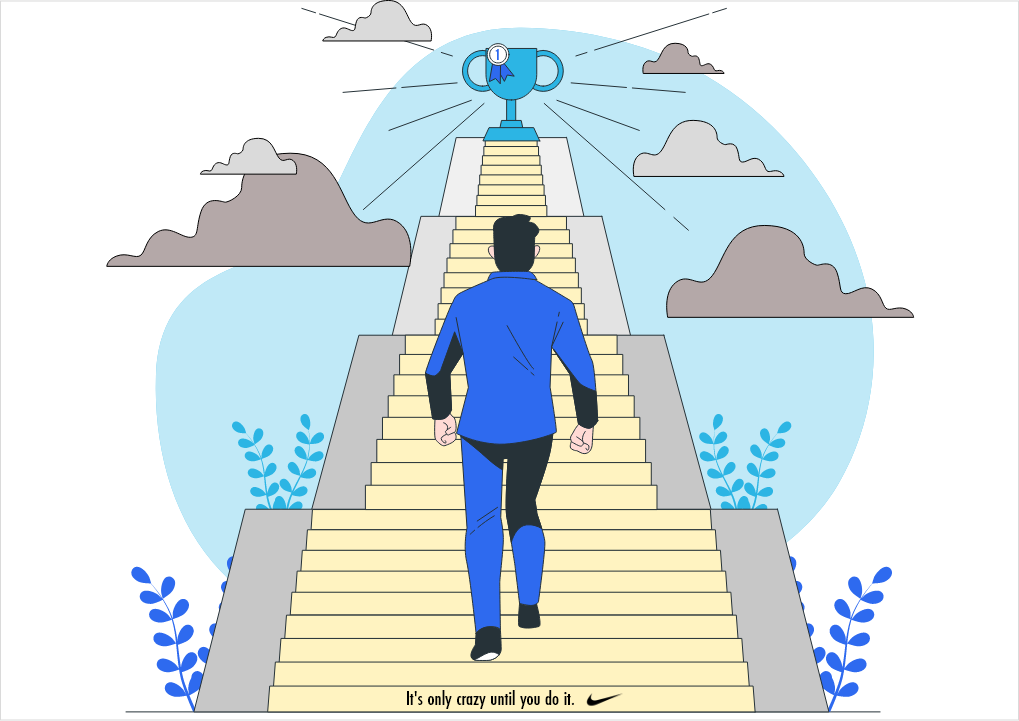Today’s screenshot to review has two ads: one in the middle, and one on the bottom.
Let’s review the one in the middle:

Here is what makes this ad more likely to be effective:
- “See what the other side thinks” is clear and compelling copy, for its target market (presumably self-proclaimed open-minded intellectuals…. no comment on how big that market may be, perhaps 22 people globally?)
- A clear and compelling logo that subtly and cleverly makes the same point (that is, it ends by spelling “Perspective” backward, implying that they do indeed look at issues from both sides).
Here’s what makes this ad less likely to be effective:
- A very generic call to action (“Read more”)
- Lots of very small logos. Intended to bring credibility, but you can barely see them
- Tiny writing, makes the user squint and feel frustrated
But there’s a bigger why this may not work:
Does anyone want to read what the other side says? Sure, lots of people say they do–but successful marketing deals in revealed preferences not declared preferences.
In other words, when you do surveys or talk to people, everyday people say things like they are “open-minded.” But how many people look at another side and–with an open mind–read the most convincing literature?
We know the answer has to be near zero for a simple reason: few people ever change their minds.
Imagine I told you: “Racism is good!” Is there any document I could make you read that, upon reading it, you will then think, “Wow! I was wrong! Racism is, indeed, good!” (To be clear: I’m not arguing that racism is good! It’s an ex-am-p-le.)
Of course not. Why not? Because You Know The Truth, and The Truth is that racism is wrong. But it’s more than that: the chance you’ll be excited and into reading a document arguing that Racism Is The Greatest Thing Since Sliced Bread is near-zero percent. No one wants to read the other side’s real arguments.
In other words, this ad is a good example of an ad that not just got the details wrong but gets the big picture wrong as well–trying to get people to do something that goes against human nature. And when you get the big picture wrong then, no matter how good your details are, the initiative is very likely to fail.






